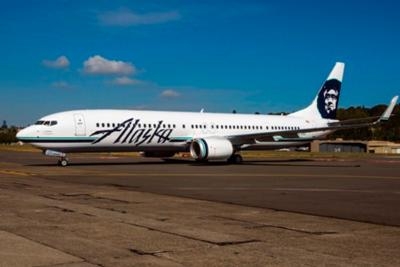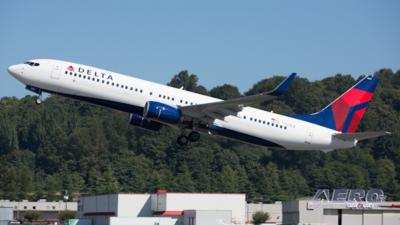Would Apply To 737-600, -700, -700C, -800, and -900 Series Airplanes
The FAA has posted an NPRM to supersede Airworthiness Directive (AD) 2012-21-08, which applies to certain The Boeing Company Model 737-600, -700, -700C, -800, and -900 series airplanes.

AD 2012-21-08 requires inspecting for part numbers of the operational program software (OPS) of the flight control computers (FCCs) and installing and testing an updated version of the FCC OPS. Since the FAA issued AD 2012-21-08, the FAA has determined that there is a new unsafe condition which must be addressed by an updated version of the FCC OPS. This proposed AD would retain the requirement to inspect for part numbers of the OPS of the FCCs, and add a new requirement to update the version of the FCC OPS if necessary. It would also expand the applicability to include The Boeing Company Model 737-900ER series airplanes.
The FAA issued AD 2012-21-08, Amendment 39-17224 (77 FR 64711, October 23, 2012) (“AD 2012-21-08”), for certain The Boeing Company Model 737-600, -700, -700C, -800, and -900 series airplanes. AD 2012-21-08 requires inspecting for part numbers of the OPS of the FCCs and installing and testing an updated version of the FCC OPS. AD 2012-21-08 resulted from reports of undetected erroneous output from a single radio altimeter channel, which resulted in premature autothrottle retard during approach. The FAA issued AD 2012-21-08 to address this condition, which, if not detected and corrected, could result in the loss of automatic speed control, and consequent loss of control of the airplane.
Since the FAA issued AD 2012-21-08, the FAA has received reports that during autopilot coupled Instrument Landing System (ILS) approaches, the airplane did not capture or track the glideslope correctly. This caused airplanes to continue descending below the glideslope without any fault indication from the autopilot system. The problems were reported with the autopilot engaged while attempting to capture the glideslope from above, with a high descent rate greater than 2,000 feet per minute and late arming of approach mode. The high descent rate is maintained by the autopilot and can result in the airplane descending below the glideslope beam, which requires the flight crew to correct the problem manually.

Boeing has developed an upgrade to the FCC OPS for certain affected airplanes equipped with Rockwell Collins FCCs that corrects the glideslope capture problem. The FAA is proposing this AD to address this condition, which can result in controlled flight into terrain on airplanes that do not have the upgraded FCC OPS installed.
This proposed AD would retain certain requirements of AD 2012-21-08. This proposed AD would expand the applicability of AD 2012-21-08 to include The Boeing Company Model 737-900ER series airplanes. This proposed AD would also require accomplishment of the actions specified in the Accomplishment Instructions of Boeing Alert Requirements Bulletin 737-22A1322 RB, dated November 21, 2018, described previously, except as discussed under “Differences Between this Proposed AD and the Service Information,” and except for any differences identified as exceptions in the regulatory text of this proposed AD.
The FAA estimates that this proposed AD affects 520 airplanes of U.S. registry. The FAA estimates the following costs to comply with this proposed AD:
- Inspection and installation (retained actions from AD 2012-21-08): 3 work-hours × $85 per hour = $255 per inspection.
- Part number inspection (new proposed action): 1 work-hour × $85 per hour = $85.
- Install upgraded software (if required): 1 work-hour × $85 per hour = $85.
(Source: Federal Register. Images from file)
 ANN's Daily Aero-Term (04.24.24): Runway Lead-in Light System
ANN's Daily Aero-Term (04.24.24): Runway Lead-in Light System ANN's Daily Aero-Linx (04.24.24)
ANN's Daily Aero-Linx (04.24.24) Aero-FAQ: Dave Juwel's Aviation Marketing Stories -- ITBOA BNITBOB
Aero-FAQ: Dave Juwel's Aviation Marketing Stories -- ITBOA BNITBOB Classic Aero-TV: Best Seat in The House -- 'Inside' The AeroShell Aerobatic Team
Classic Aero-TV: Best Seat in The House -- 'Inside' The AeroShell Aerobatic Team Airborne Affordable Flyers 04.18.24: CarbonCub UL, Fisher, Affordable Flyer Expo
Airborne Affordable Flyers 04.18.24: CarbonCub UL, Fisher, Affordable Flyer Expo




